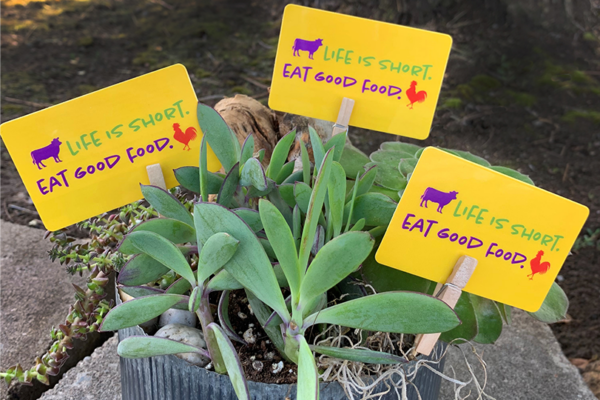
Spring is around the corner (we hope!) and for us, that means daffodils! Daffodils are the birth flower for March and traditionally represent new beginnings and prosperity. These brave flowers of spring were treasured by the Romans until they died out and did not reappear for hundreds of years. It was only in the early 17th century when they were rediscovered in the weeds by an English gardener that we saw them bloom again. They have even been the inspiration behind some stunning poetry:
I wandered lonely as a cloud
That floats on high o’er vales and hills,
When all at once I saw a crowd,
A host, of golden daffodils;
Beside the lake, beneath the trees,
Fluttering and dancing in the breeze.
-William Wordsworth, I Wander’d Lonely as a Cloud
We have the 101 on these exceptional yellow beauties, from planting tips, to garden benefits, and more.
Planting Tips
- While the best time to plant daffodil bulbs is in the Fall, we have advice on how to get them blooming if you want to plant now! Spring-flowering bulbs such as tulips and daffodils must be planted by early winter to bloom in spring, this is because they need a long period of cool temperatures to trigger the biochemical process that causes them to flower.
- Plant daffodil bulbs in a sunny spot, one that gets at least 6 hours of bright sun each day. Completely bury your daffodil bulbs when planting, dig a hole or trench so that when the bulb is placed inside, the tip is 2 inches deeper than the bulb is tall.
- Water well for 3 weeks after your initial planting, and then again once you see daffodil leaves peeking out of the soil!
- Not in an outdoor gardening mood? Another option is to plant these blooms in a decorative pot inside ( the experts in our floral department can help you navigate which planter is right for you).
Daffodil Benefits
- Daffodils are mostly ornamental flowers. However, researchers are now finding ways to extract compounds from daffodils with the potential of treating diseases. Some of the daffodil benefits to medicine may include treatments for Alzheimer’s disease and cancer.
- Daffodils, like other early spring flowers, are very beneficial to your garden. They bloom before many other plants, which means they are active and prepared to catch the water and nutrients that come with spring rains, which would otherwise be wasted. When these flowers die back in spring, they add those nutrients back to the soil where other plants can use them.
- Early daffodil blooms attract pollinators too. This helps other plants, like fruit trees, set more fruit. If you grow fruit trees, you’ll want daffodils to increase pollination.
- These blooms can also keep grass at bay. Plant daffodil bulbs around the drip line of your trees to keep grass from growing under the tree and competing with it for nutrients and water.
Bouquets Beware
- When cut, keep your daffodils alone in a vase, their stems secrete a fluid that promotes the wilting of other flowers.
- After a few hours, the stems will not secrete sap anymore, making it possible to combine with other flowers. Put them in a clean vase before adding other flowers!
Daffodils are a fall-planted bulb, so plant them in autumn and they will bloom in late winter or early spring. The traditional daffodil flower may be a showy yellow or white, with six petals and a trumpet-shape central corona, but many cultivated varieties (“cultivars”) exist today.
Scientific name: Narcissus is a genus of predominantly spring flowering perennial plants of the amaryllis family, Amaryllidaceae. Various common names including daffodil, narcissus and jonquil are used to describe all or some members of the genus.









